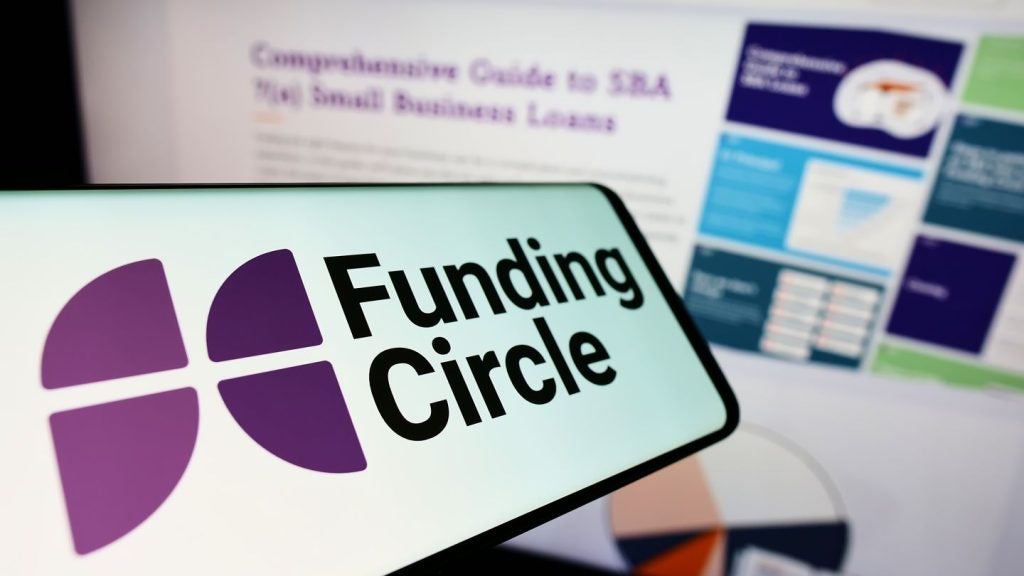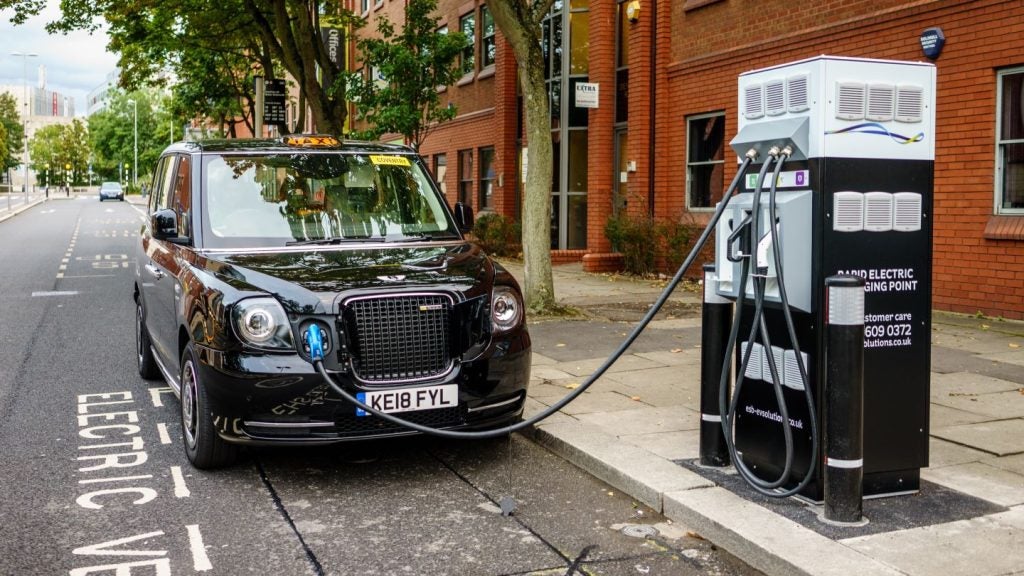
With full-service leasing now a very mature market among large enterprises across many parts of northern Europe, pan-European lease firms are looking down the commercial scale for growth opportunities. Paul Golden reports
Leaseurope data for 2013 indicates that the European fleet lease market is starting to show encouraging signs of expansion. Total new equipment leasing volumes – including vehicle leasing – grew by 1.9% to 238.4bn or 94.6% of total new production, with vehicle leasing up by more than 5%.
Dominic Graham, commercial support specialist LeasePlan International admits that the last decade has been tough for the leasing industry and that ripples from the financial crisis of 2008/9 are still being felt in certain areas.
Another challenge has been tough market conditions in the resale market.
"Growth for many leasing companies has really been borne out of a mixture of consolidation/acquisition and cautious organic growth," Graham says. "So I would say that the market is still in a recovery phase of sorts."
Although many companies treat Europe (from a fleet perspective) as one market, there are significant differences in maturity across different countries, he explains. "Countries such as Belgium, France, Germany, Netherlands and the UK have extremely mature fleet markets, offering more advanced levels of outsourcing and services than developing markets in eastern Europe, for example. Many markets have specific products and services that address local business, fiscal and legislative concerns."
How well do you really know your competitors?
Access the most comprehensive Company Profiles on the market, powered by GlobalData. Save hours of research. Gain competitive edge.

Thank you!
Your download email will arrive shortly
Not ready to buy yet? Download a free sample
We are confident about the unique quality of our Company Profiles. However, we want you to make the most beneficial decision for your business, so we offer a free sample that you can download by submitting the below form
By GlobalDataEastern Europe
In some eastern European markets operational lease is still in its infancy and company vehicles are often still owned by the company or financed by banks, adds Graham. "However, many of these markets are growing confidently. Purchasing behaviour by clients is as big a variable in the fleet market as cross-border differences. Fleet purchasing is continuing to mature, with companies looking to control their total cost of ownership more efficiently."
According to Pascal Serres, deputy CEO ALD International, small businesses represent a growth opportunity for fleet lease firms across Europe. "Most large companies are already using full-service leasing – in fact, this segment of the market is showing a slight decline," says Serres. "There’s a definite trend among smaller businesses away from buying vehicles."
In terms of geographies, he refers to potential for additional lease activity in the southern European countries. "Full-service leasing is almost a marginal product in places like Spain and Italy. However, the high rate of taxation in France has also increased the appeal of leasing as a means of creating more attractive remuneration packages for employees through the provision of company cars."
Participants in mature European markets are optimistic about their future prospects. Gerry Keaney, chief executive of the British Vehicle Rental and Leasing Association (BVRLA) says the fleet leasing market in the UK has a healthy supply of funding, plenty of growth coming from the SME market and an increase in the popularity of salary sacrifice schemes.
"Furthermore, indicators suggest that this growth will continue for the foreseeable future," Keaney says. "Business confidence is high, with 89% of respondents to our quarterly leasing survey saying they feel confident about business conditions for the next six months. BVRLA members are now unanimous in predicting that fleet sizes will increase over the next six months, representing a massive turnaround from just six months ago when only 39% were anticipating growth."
Keaney refers to a substantial increase in the light commercial vehicle sector over the past 12 months, which can be attributed to demand for courier vehicles as a result of increased internet shopping volumes and also to more fleets downsizing to avoid operator licencing regulations for HGVs.
He says: "Bank finance remains in short supply for many small and medium-sized businesses and the leasing broker sector is becoming an increasingly popular source of finance for this important part of the UK economy. We have seen a number of new funders start to supply the leasing broker channel and expect this activity to continue in the next 12 months."
The BVRLA member fleet increased by 23% in 2013 to 3.4 million vehicles. Members’ corporate leasing car fleets were up by 4% and HGV and LCV fleets both grew by 10%, taking total vehicles to 2.1 million, though much of this growth was driven by the addition of new fleets rather than the expansion of existing fleets.
From a vehicle excise duty band perspective, all growth in the UK fleet leasing market is being delivered in the sub-130g/km CO2 bands, with the sub-100g/km Band A growing by nearly 5% as a percentage of the whole fleet. In terms of new registrations, Band A cars now make up the largest single segment of the BVRLA member leasing fleet at 23%.
Leasing fleets continued the downsizing trend in the first quarter of the year, with growing demand in the supermini and
lower-medium categories. The fastest shrinking categories are for upper-medium and multi-purpose vehicles.
Andrew Hogsden, senior manager strategic fleet consultancy at Lex Autolease says there’s much interest in salary sacrifice among major corporates. "We have launched several schemes in the last year and interest and take-up rates have been extremely good," Hogsden says.
He reckons the UK fleet lease market grew by around 7% last year. "Growth in contract hire is consistent with this, but within the sector the appetite to lease LCVs is increasing at a faster rate than for cars."
Depreciating assets
Lex Autolease has just published the Leasing Revolution Report, which looks at how British SMEs view leasing. It found that small businesses have £6.7bn of capital tied up in owned, depreciating light commercial vehicle assets – money which could have been spent on marketing, recruitment or developing their services.
Hogsden says the company wants to educate small and medium-sized businesses about the benefits of leasing and not just from a cash flow perspective. "Businesses can save time and money by outsourcing their vehicle management, whatever their size," he says.
Serres at ALD explains that the relative strength of bank-owned, independent and manufacturer-owned lessors varies widely across Europe, depending on the volume of car manufacturing undertaken in each country.
He says: "In Germany, France and Italy, captives are the dominant players, but there is another factor that impacts the French lease market and that is where the parent bank is French, so the subsidiaries of these banks are also strong."
Across Europe Serres acknowledges that the major independents have a significant market share among large customers, while the captives leverage their dealer networks in the small and medium-sized business market.
When asked how market share breaks down between bank-owned, independent and manufacturer-owned lessors in the UK and whether this balance has changed in recent years, Lex’s Hogsden suggests that manufacturer-owned leasing companies
represent around a quarter of the top 10 lease providers and that there has been no significant change in the split between manufacturer, bank and independent leasers. "We have not experienced a trend towards vehicle manufacturers offering their own finance in this space," Hogsden says.
Manufacturers are focusing more on B2B business leasing, either through their own dealership networks, outsourcing to leasing companies or using the leasing broker channel, adds Keaney at the BVRLA, who went on to outline some of the major challenges and opportunities in the fleet lease market.
"The growing move away from car ownership – particularly among young people – is both a challenge and an opportunity. Personal contract hire appeals to this consumer audience in much the same way as pay-monthly mobile phone deals; providing the latest model for a fixed monthly cost and the option to upgrade after 18 or 24 months. BVRLA members are perfectly placed to offer products as a service, having years of experience in doing so."
The industry has also seen growth in demand for SME leasing and salary sacrifice products and is beginning to offer a range of mobility services for corporate customers and consumers, Keaney continues. Another opportunity is presented by the connected car, with leasing companies looking to use the data generated by built-in telematics systems to provide improved fleet management services.
Elsewhere in Europe, the major players in the Dutch fleet leasing market (Athlon, LeasePlan and Alphabet) have remained unchanged in recent years according to Folkert Ruiter, marketing manager Athlon Car Lease.
"The market is very competitive and price-driven, which makes it difficult to differentiate and therefore to gain market share," says Ruiter. "Volumes have declined slightly over the last 12 months as the difficult economic climate means companies are more focused on keeping their costs down."
While the fleet lease market in the Netherlands is well established, he says there is greater potential for expansion in the south of the continent. "The lease concept is gaining traction in southern Europe as customers become more familiar with the product."
With two of the three leading lease companies in the Netherlands being bank-owned it’s clear that captives do not hold a dominant position as they do in neighbouring Germany. However, Ruiter says manufacturers such as BMW, Mercedes and Volkswagen are taking a greater interest in the lease market.
When asked for his view of the prospects for the fleet lease market in the Netherlands in 2014, he says he expects market conditions to remain challenging through the remainder of this year. "The market will remain stable or record a small increase at best," Ruiter says.
Keaney says the BVRLA is undertaking a range of activities to encourage growth in leasing activity. "We continue to promote best practice and raise levels of professionalism through support, training and advice and we are updating our code of conduct and the governance surrounding it to enhance industry standards and help raise the profile of the sector. With much of the aforementioned growth coming from the broker sector, we are also helping members to meet new regulatory challenges, such as the Financial Conduct Authority taking over regulation of consumer credit from the Office of Fair Trading."
The BVRLA is also working with the UK Government as it centralises and streamlines its services to cut red tape and costs, and over the next 12 months will help it deliver a new online fleet portal, abolish the tax disc and remove the paper driver licence counterpart.
"We’re ensuring that the sector’s voice is heard when the Government is shaping policy – such as company car tax rules and ultra-low emission vehicles – to ensure growth is not stifled," Keaney concludes. "All the while, we’re spreading awareness of new automotive technology and its potential to grow the market for mobility services, both with our members and to the wider audience."
Hogsden says he’s optimistic about the prospects for the fleet lease market in 2014. "The growth in the economy presents huge opportunities and we are very excited about the prospects for this year."
According to Graham, one of the major developments over the last 12 months has been the beginning of the move towards the widespread introduction of telematics. "There is also a continuing focus on CSR, environmental and total cost of ownership control. International companies are continuing to consolidate fleet to increase purchasing power and introduce better terms, particularly from OEMs, who are becoming more aggressive in the market and expanding out to multi-brand in some cases."
He expects the fleet market to continue on its course to recovery over the next 12 months. "Lease prices will see some minor fluctuations on a local level, but will be fairly stable overall. Over the coming years our industry and the needs of the clients we serve will be shaped by sustainability, new technologies, increased urbanisation and regulation from governments and policy-makers. We foresee a gradual shift in services built around the vehicle to services built around the individual driver. There will also be increasing demand for new mobility services that will require our services to extend beyond the vehicle to other modes of transportation." n







